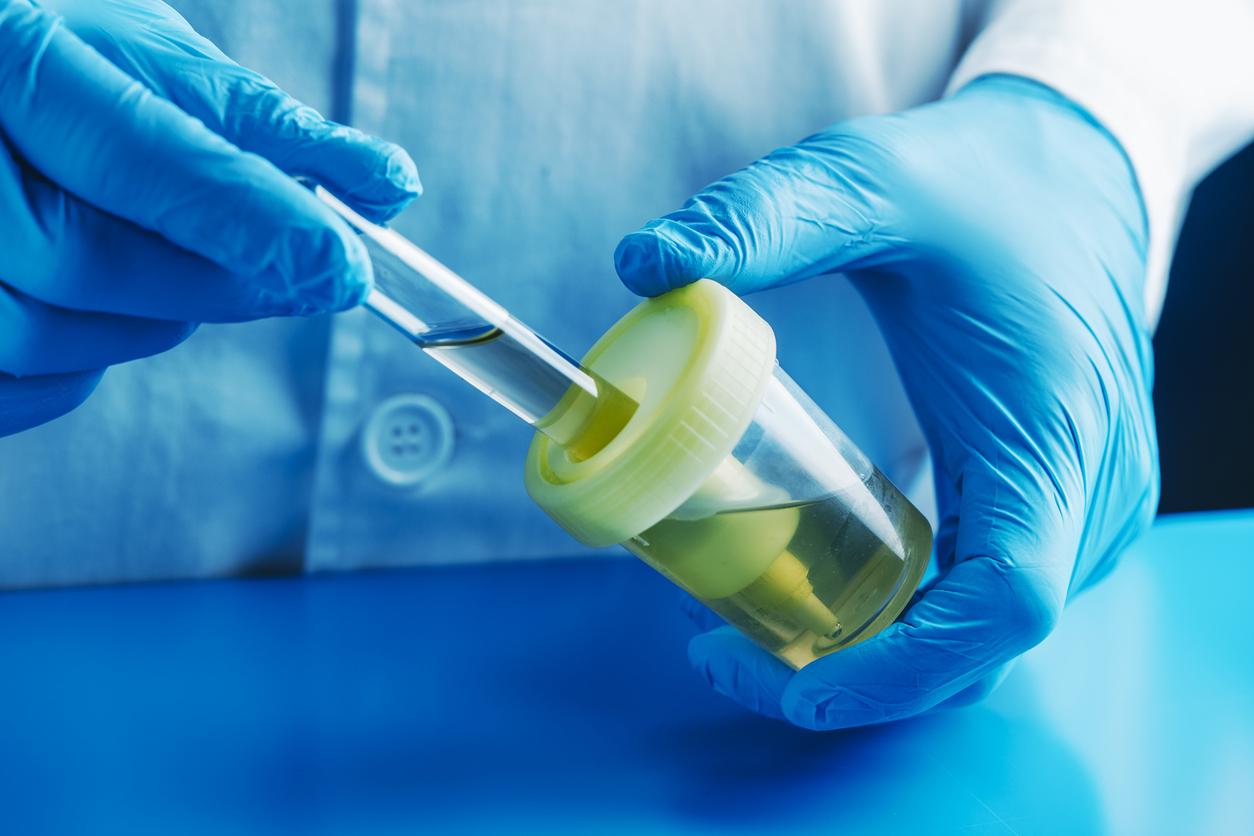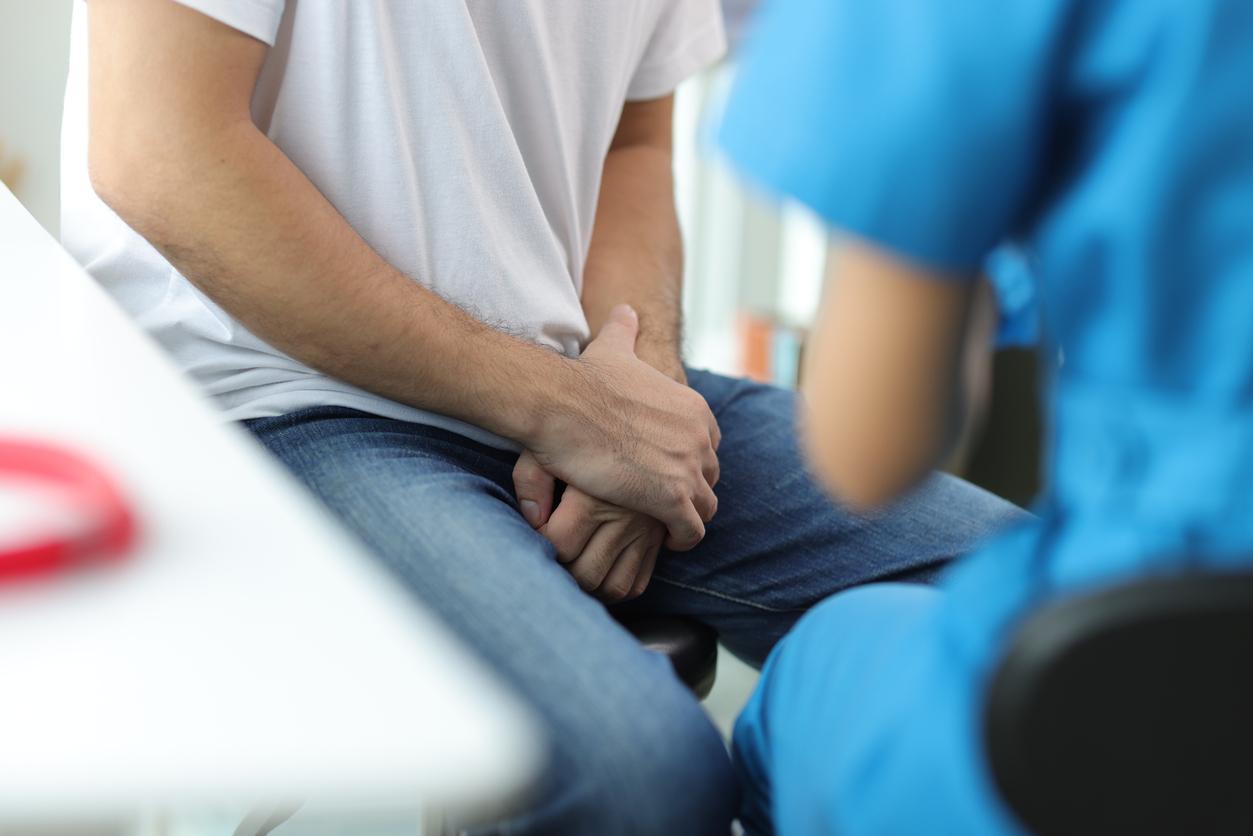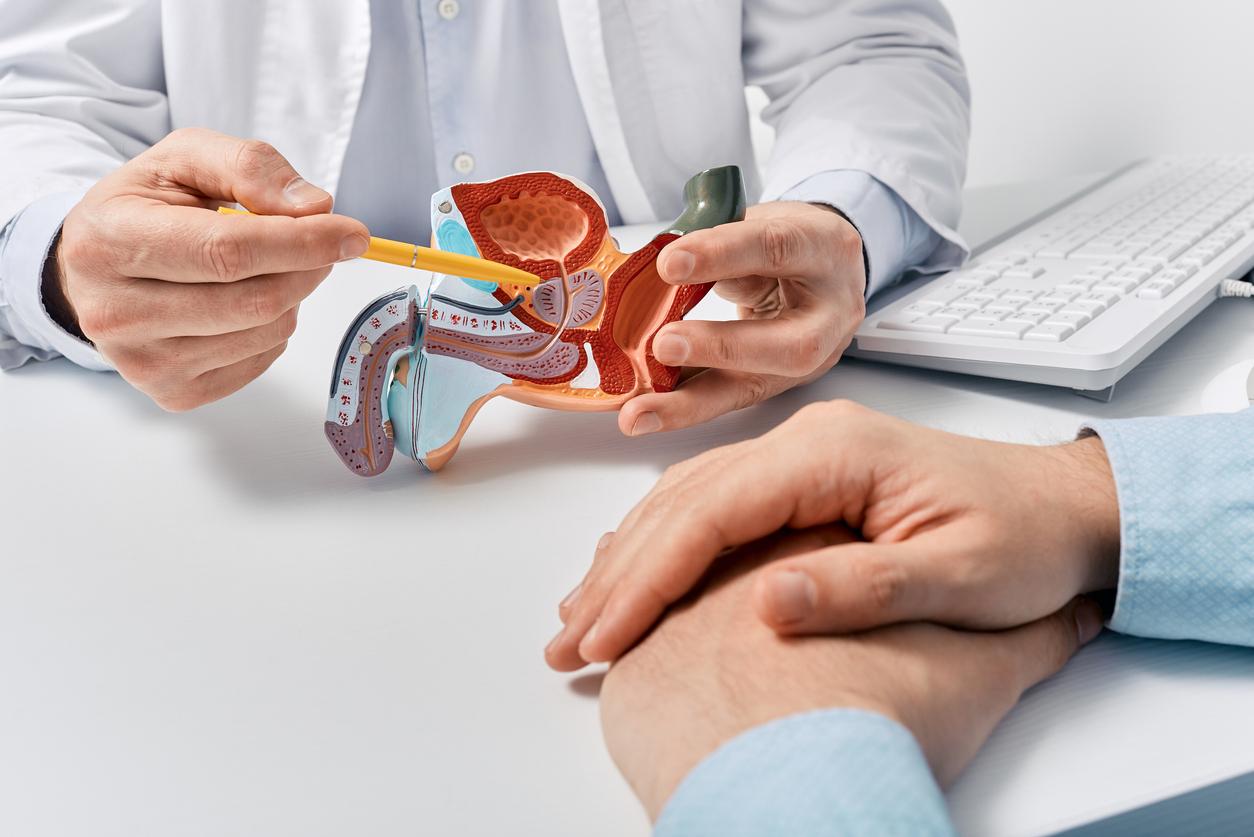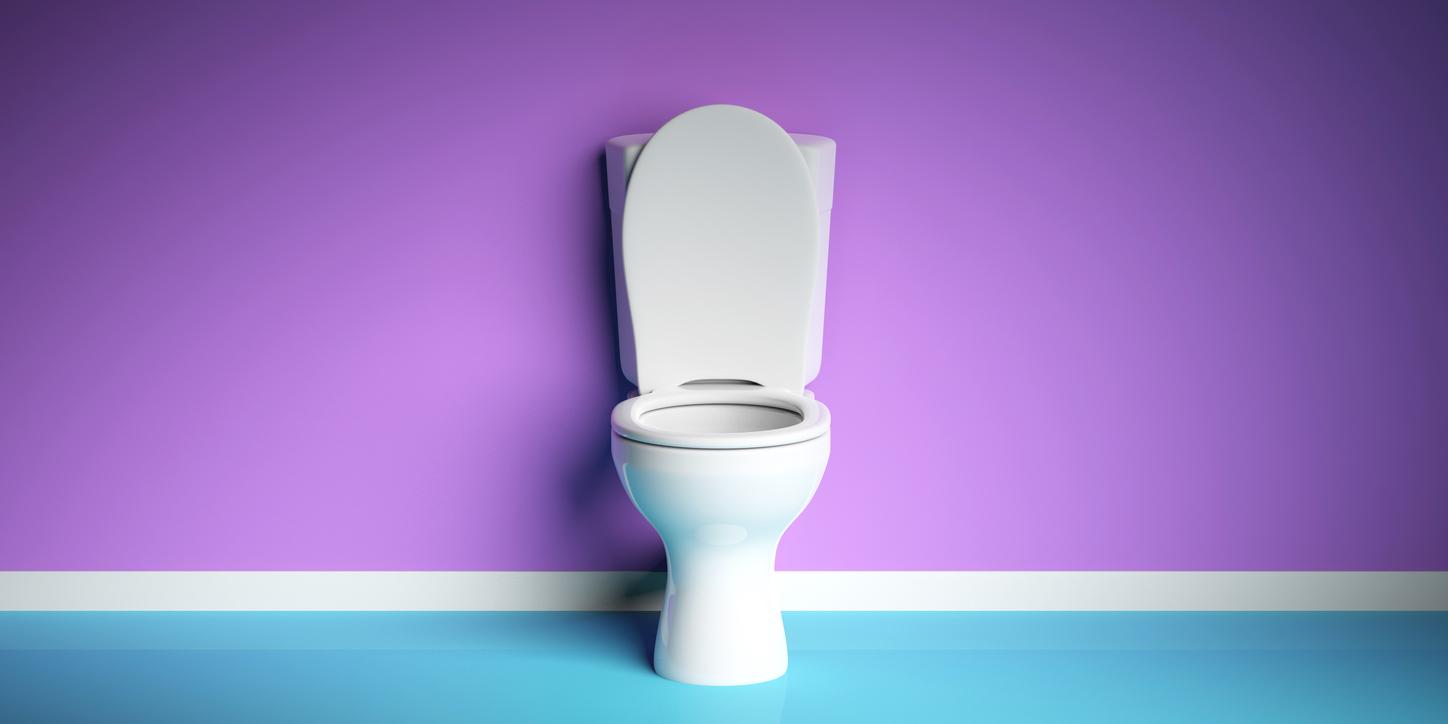The majority of people confronted with urinary incontinence do not dare to talk about it to those around them or to their doctor. However, this disorder is very common and solutions exist.

3 million people in France are affected by a condition they consider taboo. Despite the frequency of this disorder and the solutions that exist, only 25% of them wish to seek treatment or have already done so.
What is the exact frequency of urinary incontinence in France?
2.6 million people over the age of 65 are affected in France, and it also affects the youngest. These figures are difficult to estimate with precision, we think that they are underestimated because many men and women do not dare to speak about it and consult.
According to social security figures (amelie.fr), it is estimated that it affects:
- about one in three women over 70;
- 7 to 8% of 65-year-old men;
- more than 28% of men over 90.
Are there different types of urinary incontinence?
Yes, there are 3 main types of incontinence:
Stress-related urinary incontinence. It is the most frequent. The muscles of the perineum, which support the bladder, are less toned; at the time of an effort, even a cough, an involuntary escape can occur. 1 in 4 women will experience stress urinary incontinence at some point in their life and around 40% of young women encounter this problem while playing sports.
Strengthening exercises are possible to reduce this disorder, surgery is also possible.
Urge incontinence. The bladder is said to be overactive, and contracts too much and sometimes for no reason. Sometimes it is impossible for you to hold back. If you have to empty your bladder more than 8 times a day or get up often in the night, you may be concerned.
The causes are diverse and range from anxiety to taking certain medications. Appropriate protection and treatment exist.
Mixed incontinence. For some women, the first two types of incontinence coexist.
Are there factors that promote incontinence?
Yes, certain factors and certain situations can promote leaks.
- Pregnancy (most often disappears spontaneously after childbirth)
- Menopause
- Aging
- Obesity
- chronic constipation
- chronic cough
- Excessive consumption of liquids, caffeine, alcohol, tobacco
- Certain medications, especially if the person takes more than one (e.g. diuretics, sedatives, etc.)
- intensive physical activity
How is the diagnosis made?
It is important to consult your doctor who will ask you questions to understand the type and origin of the disorders. The length of time, the circumstances in which the leaks occurred, the number of daily episodes and the abundance of urinary leaks are some of the questions he will ask you.
The doctor may also request an additional assessment such as a urine test for a urinary tract infection, or an ultrasound of the bladder.
What are the treatments for incontinence?
First in the child: learn to pee without pushing, avoid holding back and ask the teacher, without abusing her patience, to go to the toilet when the urge arises, allows protection for later the bladder lock. When young girls start sport, they must be made aware of the damage caused by certain intensive activities. Damage to be wary of especially since there are cases of incontinence in the family. Without yet confirming the hereditary nature of incontinence, a certain family tendency currently seems to emerge.
Whatever its cause, whatever the age of onset, there is always a solution to incontinence, either through medication or surgery, which transforms the lives of those who benefit from it.
.
















